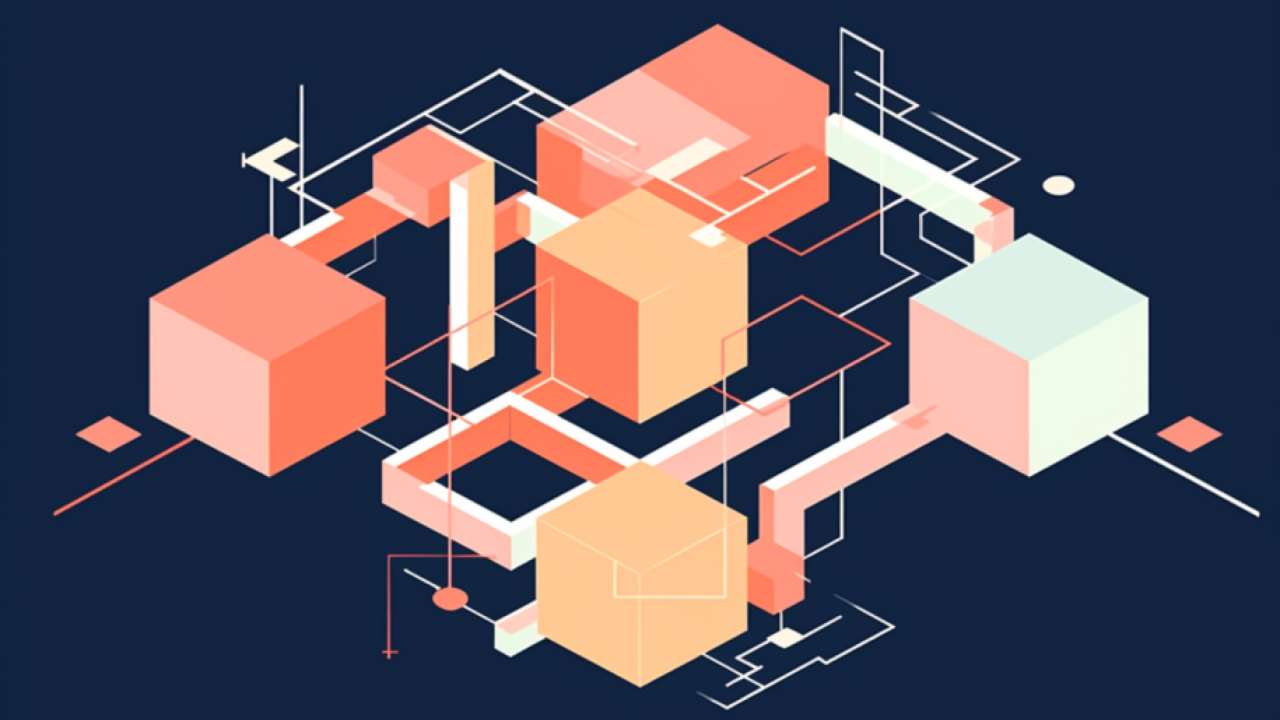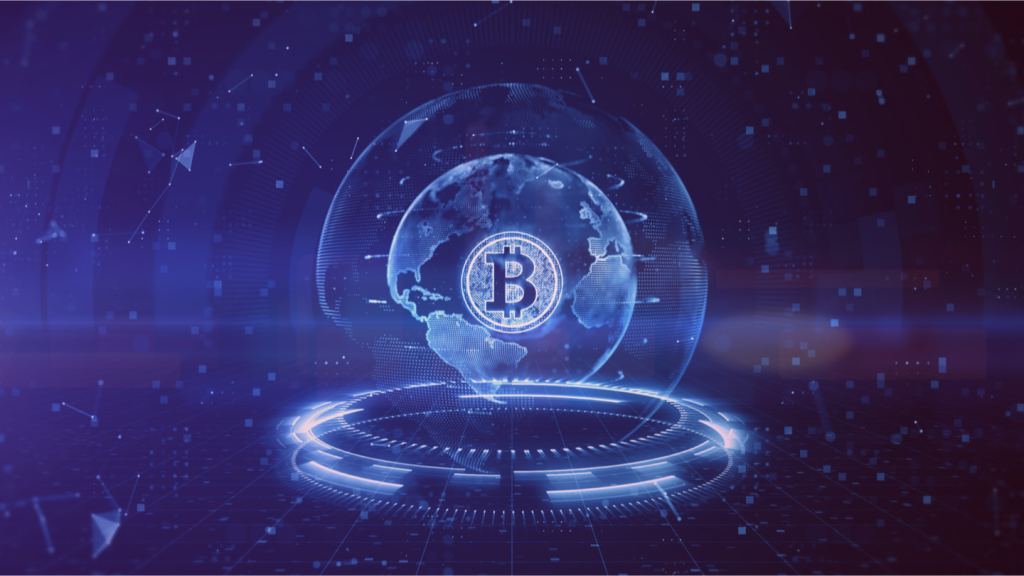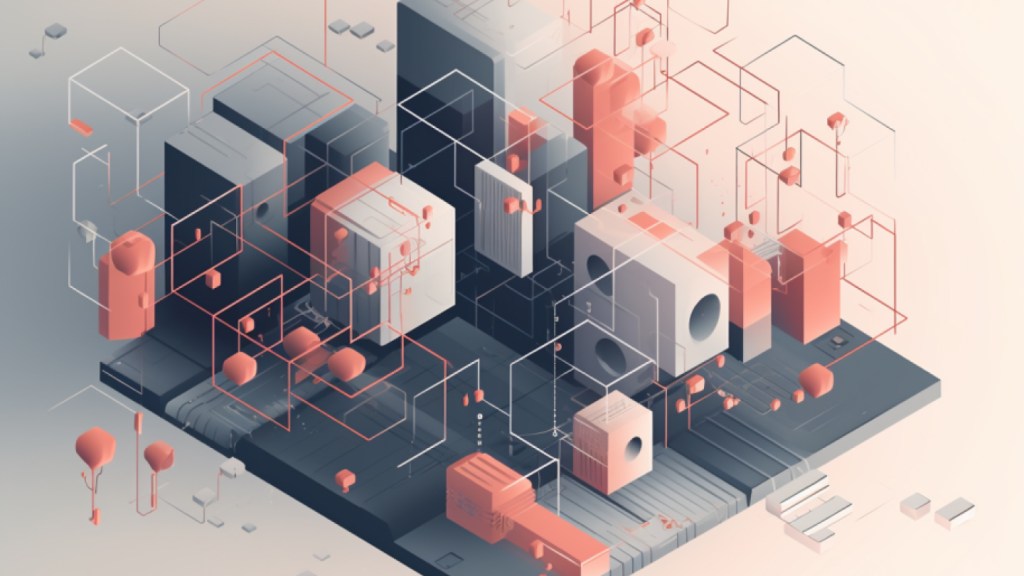Web 3.0 and its impact on the digital era
We cant’ keep calm! Web 3.0 is here.
With tons of promises, opportunities and upgrades, we are optimistic about a paradigm shift that Web 3.0 will offer in the decade to come. In contrast to Web 1.0, which was more static in nature; Web 2.0 which was a storehouse of user-generated content; Web 3.0 is unique and based on the principle of semantic Web. It aims to provide better and relevant internet experience by interpreting the digital footprint of users continuously.
There’s a lot more to Web 3.0 that is worth knowing in the growing digital era.
It rests on three crucial foundations –
– Artificial intelligence (AI) helps in decoding and filtering online data and offering the most relevant choices to users.
– Internet of things (IoT) helps the interoperability layer of Web 3.0 to connect the internet to smart devices.
– Blockchain helps in achieving decentralized data storage, security, and collaboration and fosters faith in the virtual world..
While there are still serious issues to be solved in the building of the blockchain-based future of the internet, still we need to embrace it.
What is interesting about Web 3.0 is that it has the potential to address the most common challenges of the current Internet era such as data privacy and ownership to create a new version of the creators’ economy, says GlobalData, a leading data and analytics company.
The bright side
Power to people
The driving principle behind Web 3.0 is to decentralize the way data is stored and used and to give more power to people by making them sole owners of their data. It is similar to NFTs that give the users ownership of the unique digital art they purchase.
Accountability through Blockchain
Rather than depending on the whims and vested interests of technology giants, Web 3.0 makes individual stakeholders accountable. It ensures trust verification, including privacy protection, decentralised infrastructure, identities and application platforms. By enabling the individual to be a sovereign, Web 3.0 promises to make the Internet a more equitable space.
Control over content
Web 3.0 users would also get relief from unwanted and unskippable advertisements and pop-ups. The users in Web 3.0 would be able to control the number of ads they want to see and will be compensated accordingly if they don’t want to see ads at all.
While the concept behind Web 3.0 has its merits, there are certain limitations to be resolved before it gains universal acceptance.
Limitations
- Scalability : Since users have full control when they wish to upload content, scalability can be an issue coupled with issues of slow speed.
- Accessibility : The lack of integration with modern Web browsers makes Web 3.0 inaccessible to most users.
- Cost : Most successful apps have a very small portion of their code on blockchain, since it is very expensive.
A few more limitations
Less advanced devices will find it difficult to handle Web 3.0.
Some of the Web 1.0 Websites seem obsolete.
It can be very complicated for newcomers to understand.
Transforming the digital era
Having discussed the bright side and the limitations that come with Web 3.0, it is still tremendously exciting and comes with far greater possibilities that propels digital transformation.
From offering inclusivity and empowerment, expanded and accelerated learning through VR/AR experiences to immersive interactivity, Web 3.0 will touch every aspect of digital transformation. It is not limited to video conferencing either, but promises to go far beyond and usher in a consumer-centric future Web which is open-source and focuses on privacy and security.
Additionally, it will change the way humans and machines interact by allowing trustless data transfers, automatized, cryptocurrency-based payments, and easy ownership transfers. Besides this, the semantic Web 3.0 would bring in many other possibilities, like decentralized autonomous organizations (DAOs), global-scale decentralized autonomous companies (DACs), self-sovereign identities, and decentralized data marketplaces.
2022 is the year where Web 3.0 really starts to manifest, and it will have far-reaching implications which may not be easy. You have to identify your objectives and what you hope to accomplish. You need to discuss it with your cybersecurity, business intelligence, compliance, and communication design team to ensure you have a flexible, fluid Web 3.0 presence that meets the needs of your customers.










